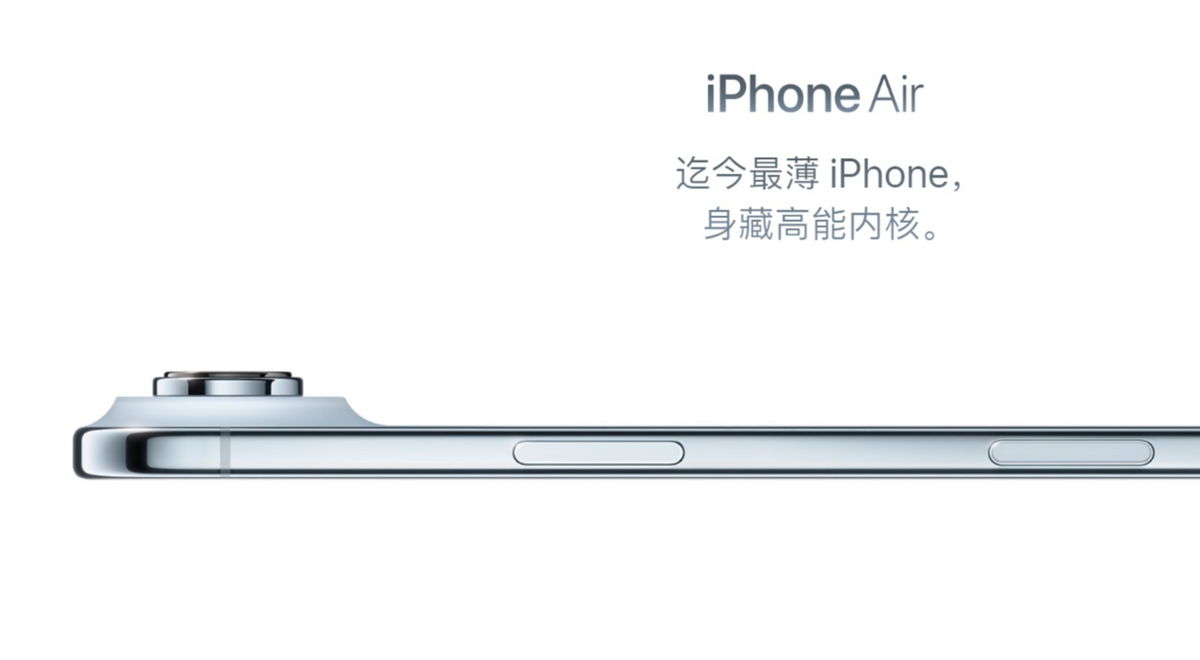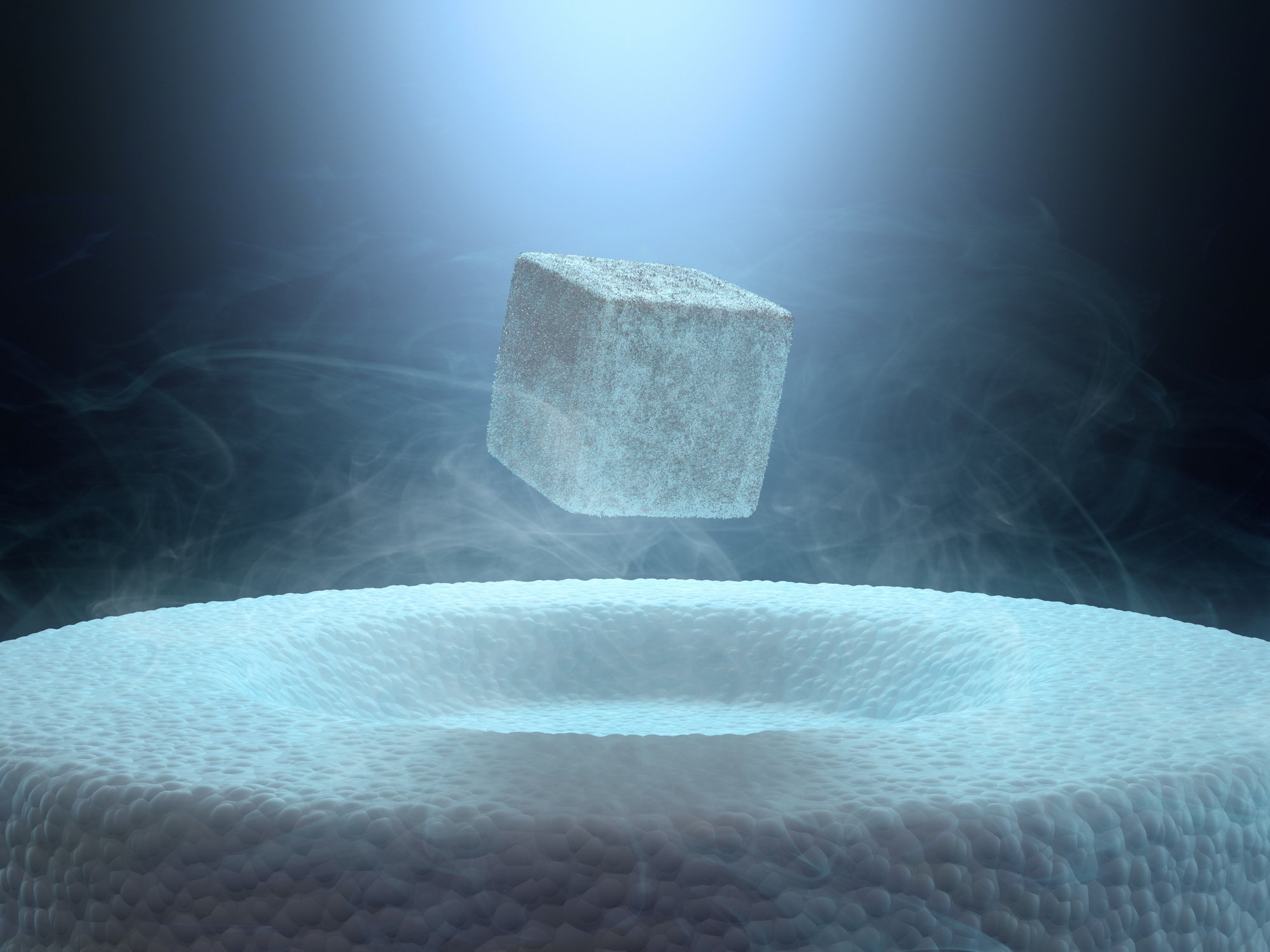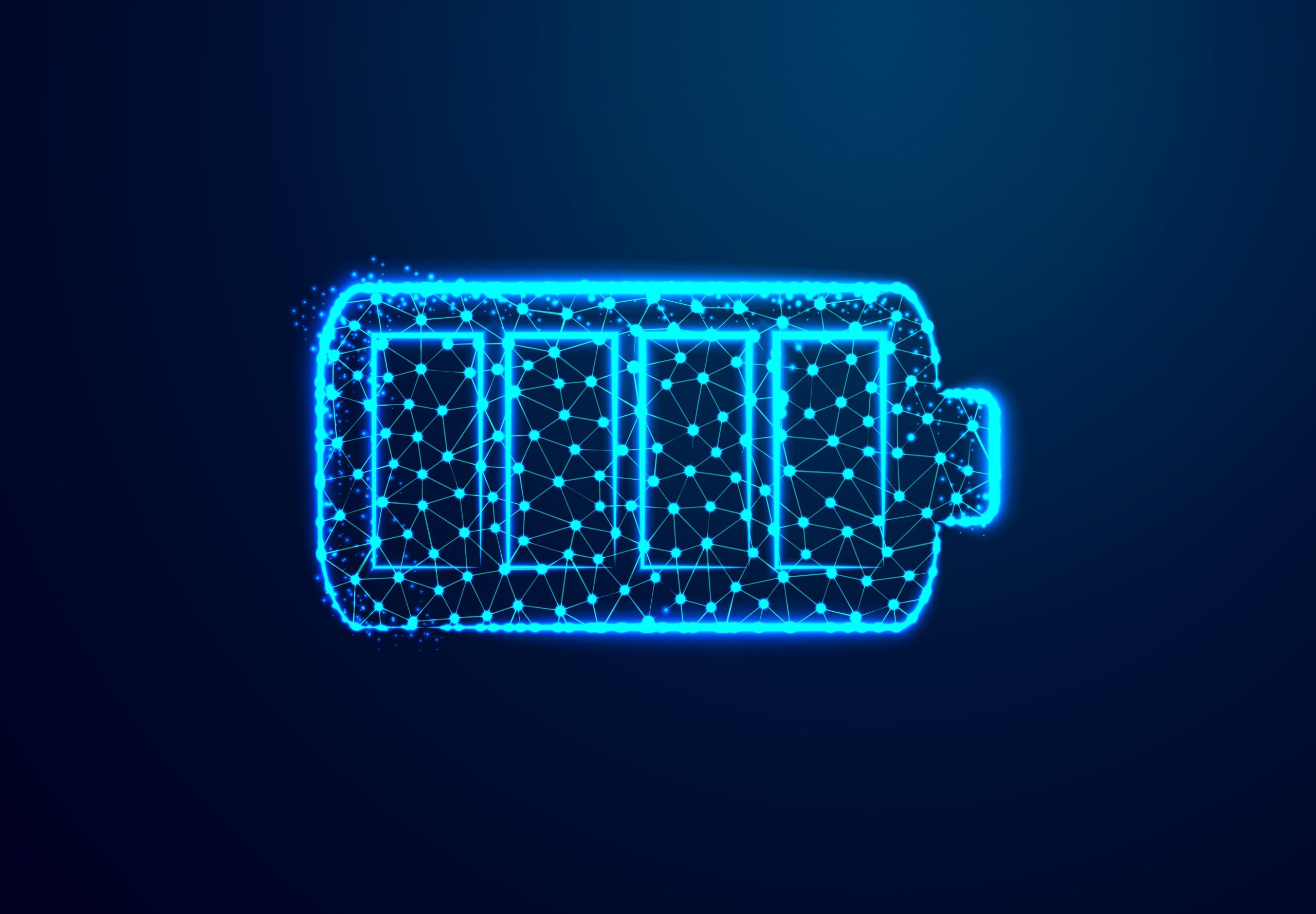In a departure from what it usually does, the journal Nature recently published an article that, instead of announcing important scientific advances, challenged a paper published last year with one of the most revolutionary discoveries in materials science: so-called superconducting material that can operate at room temperature.
The prestigious British magazine not only published the results of a study conducted by independent scientists hired by the University of Rochester in New York, but also published the results of a study conducted by the publication itself.
A team of independent reviewers reviewed the original paper by physicist Ranga Dias. In March 2023, he claimed to have discovered that a compound consisting of carbon, sulfur and hydrogen (CSH) is a superconductor at room temperature. The magazine notes that two reviewers “found evidence that the magnetic susceptibility data was probably fabricated.”
What is the scientific significance of a superconducting material?
It is considered the “holy grail” of lossless power transmission, Superconductors, after being cooled to extremely low temperaturesThey lose their resistance and allow electricity to pass through them without any loss of energy in the form of heat.
This is why this field of research is so competitive and receives incalculable investments. Once superconductivity is achieved at room temperature, highly efficient electronic applications may emerge. Alongside scientific evolution, this discovery will be the biggest deal in history. It’s capable of delivering everything from super-fast computer chips to Maglev trains that can hover on rails.
Superconducting interactions also open up other sensitive areas. such as nuclear magnetic resonance, quantum computers and high-precision particle detectionThe field of experimental physics that is vital to understanding the laws that govern the universe.
What did research on superconductors reveal?
When the Nature editorial board decided to examine Dias and his team’s papers in more detail, the cards for the existence of superconductivity in CSH began to fall. There were inaccuracies: “A sensitivity signal appeared after the background signal was subtracted, but it did not contain the raw data” the journal’s researchers reported.
Although subtracting a background signal (interventions that can mask the true signal) is a common practice in research, the problem of not including raw data biases the research. Because these data are original, unprocessed measurements determined during the experiment..
The upshot is that while co-author Ashkan Salamat likely “fabricated” the raw data, there’s a good chance Dias was responsible for scientific misconduct. He will also have to respond to an investigation by the Superior Court of Monroe County regarding the US$790,000 (R$4 million) CAREER grant awarded to him by the National Science Foundation (NSF).
Did you like the content? Tell us on our social networks and get the opportunity to share the article with your friends who love such topics. To the next one!
Source: Tec Mundo
I’m Blaine Morgan, an experienced journalist and writer with over 8 years of experience in the tech industry. My expertise lies in writing about technology news and trends, covering everything from cutting-edge gadgets to emerging software developments. I’ve written for several leading publications including Gadget Onus where I am an author.













